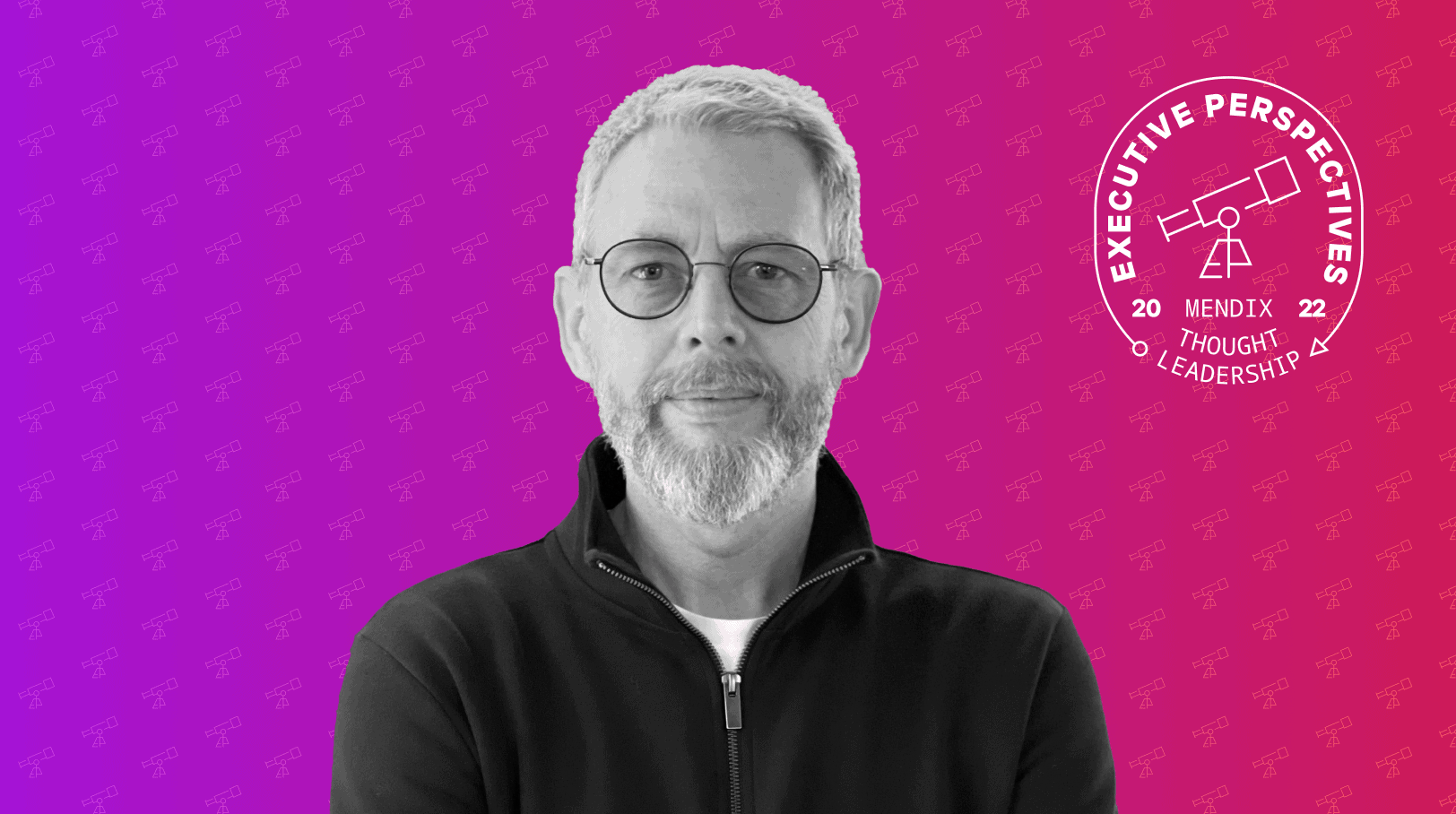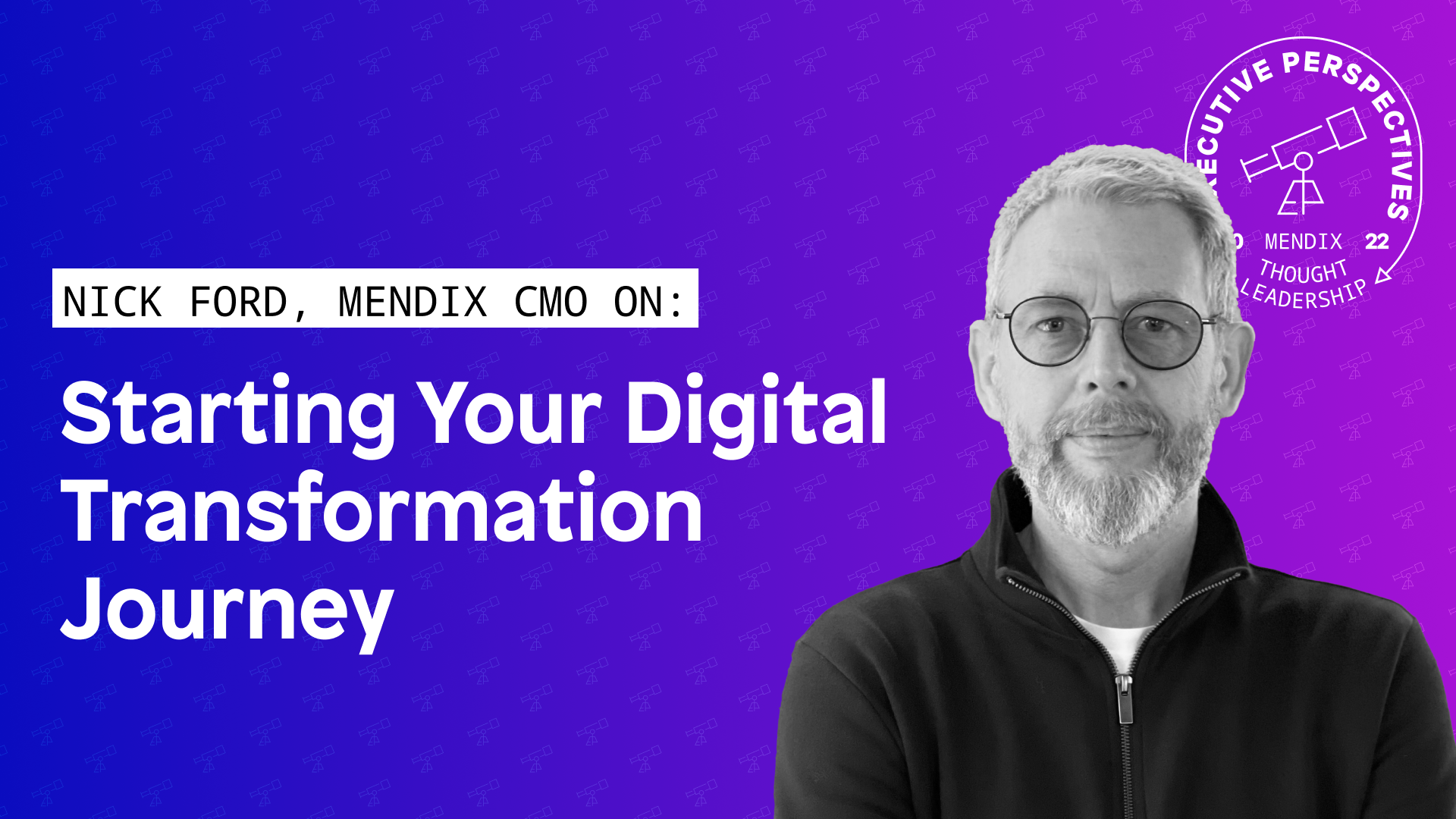The Digital Transformation Journey: A Matter of Time

If I say “digital transformation,” you might find yourself cringing a little bit. It’s a heavily overused term that can mean dozens of different things depending on your industry, your role, and the maturity of your organization. There have been reams of virtual papers written on the topic, and there will be reams more. I could tell you a lot, but instead, I am going to tell you just one critical thing:
Your initial use case is more important than any strategy, terminology, tech stack, money, or resource you can throw at it.
Without that proper use case, you might as well try building a house of cards during an earthquake.

The digital clock never stops ticking
No matter your approach to digital transformation, there’s a commonality that binds every organization: time. Whether you’re part of a multinational organization or a startup, there’s only so much time to dedicate to any particular project. And an early misstep can have heavily compounding effects down the road.
In many cases, “transformation” is construed as one colossal step after another. With that viewpoint, the first use case often is a big, foundational piece. Foundational can be excellent, but if you’re relying on aging technology, potentially bad or missing data, and teams that are way outside their comfort zone, you’re immediately three steps behind.
The problem with starting big and foundational is that you must commit vast amounts of time and resources before you’ve figured out just what digital transformation means for your organization. How can your team build muscle memory if they haven’t tested ideas and processes? The onramp is too challenging, no matter how brilliant your people are.
To put it another way, look at the recent crypto boom. Many people bought in when profits were there, but then lost their money because of a lack of understanding of just how volatile the market is. Investing isn’t a smart play if you don’t know all the factors.
There are stories up and down every industry over the past two decades of high-profile failures, from banking, to energy, to manufacturing, to retail. In many of these cases, the common thread starts with too broad a project.
Starting too big often leads to failure, wasting money, resources, and time you can’t get back. On the other hand, the speed of change is so rapid that doing nothing can be lethal. Your first step isn’t just mission-critical. It is the mission.
Learning to walk: The 4 Ps and 3 Ss of digital transformation
The right first step isn’t to think big. It’s to think achievable. To do that, you have to understand how mature your business is. Mendix offers a digital maturity assessment that can give you a sense of where you are. Grading low on this scale doesn’t mean you’re stuck. It just puts your needs in context.
Once you’re there, success starts by focusing on the 4 Ps of digital transformation: Portfolio, People, Process, and Platform.
Portfolio
You want to pick a use case out of your Portfolio that is equal parts meaningful and doable. A great first project is something that impacts the enterprise positively but can be completed by a relatively small team in a reasonable timeframe.
People
The team and the management buy-in are critical to long-term success.
Process
That first project is very much your Process. You can take learnings from that first project (What went well? What didn’t? What made us want to tear our hair out?) and apply them to future deployments. Building repeatable processes and a common language are the longer-term outcomes.
Platform
Last but not least is your Platform. Mendix is a platform specifically built to tie all these pieces together and enable enterprises to get things done quickly.
Now that you have those pieces in place, you can start to think bigger. Bring in the three Ss of digital transformation: Start, Structure, and Scale. Again, Mendix is here for you.
Simple to learn, hard to master
Is any of this rocket science? Maybe not. But that’s the point.
Digital transformation is incredibly complex but vital to every organization’s future. Balancing user needs, budgets, resources, core systems, and another hundred factors is taxing under even the best circumstances. Yet, many enterprises add the extra complication of shooting for the moon, thus wasting time and putting resources under stress.
Picking the proper case doesn’t guarantee success by any means. But time is the one thing you absolutely cannot waste, and selecting the wrong starting point is a sure sign that you’re not getting to your desired finish line.
Understand your organization, pick an achievable goal, and build from there. Easy, right?
